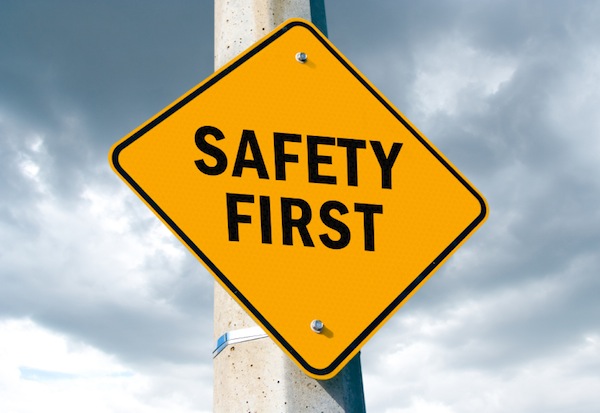There’s a lot of jargon and hype around the term “safety culture” which can have the unintended detrimental effect of undermining a valuable concept.
Pared back to bare bones, what it really means is to make changes to the way things are done in an organisation, until everyone, from top to bottom, is engaging in positive behaviours that support safety. When this is achieved, good safety performance is no longer reliant on chance events, but instead is the result of everyone behaving safely by default, without having to think about it i.e. “the way we do things around here”.
This is a fairly simple concept, but of course planning and implementing the steps to the end goal is a little more complex, and provides fertile ground for false steps.
Some of the things that can go wrong in the most well-intentioned safety culture program include:
- Using negative reinforcement
- Focussing too much on compliance alone
- Applying the program at the wrong stage of the organisation’s maturity
- Using the wrong incentives, such as rewards for production targets that might encourage short cuts, or rewards for low LTIs that might encourage under-reporting
- Encouraging a culture of tough peer pressure
- Failing to set up robust safety measures to return useful data with suitable frequency
- Inadequate follow up on safety, such as only responding to incidents and not to concerns and suggestions
- Failing to give recognition to good safety behaviour
- Placing too much emphasis on lag indicators (such as accident statistics) to the detriment of lead indicators (such as safety training).
Any or all of these factors can result in safety improvement initiatives working for a while, but then plateauing and falling back. Making efforts to counteract these common problems will assist in achieving your safety culture improvement goals and sustaining that improvement over time.
In addition to addressing the list of obstacles above, strategies than can assist in the development of a sustainable safety culture include:
Honestly assess practices – check that safety processes actually achieve the safety outcomes that were intended
- Consult – usually the people doing the job are the best ones to identify how it can be done more safely, and engaged workers are more likely to cooperate
- Respond positively and publically to safe behaviour – this will reinforce and make the desired behaviours habitual
- Provide leadership – senior management must clearly define their expectations of all workers, and then all leaders must consistently model and reinforce safe behaviour, leading by example
- Measure progress – regularly measure safety behaviours and safety results to check that progress is being made
Please contact QRMC for more information.











